Has your cat ever bitten you out of nowhere? A 2020 survey found that 62% of cat owners have experienced this, often while petting. Cats bite to play, release stress, or show they have had enough.
In this guide, you will learn why cats bite and how to respond calmly to build a stronger bond.

Why Does My Cat Bite Me and Then Lick Me?
This mixed behaviour can confuse many owners. However, the bite and lick sequence is not random. It can mean affection, play, overstimulation, or mild frustration.
Below are common reasons and their possible meanings.
| Reason | Explanation | How to Respond |
|---|---|---|
| Play and Hunting Instincts | Cats often bite gently during play because they see moving hands as prey. The licking afterwards is a sign that the hunt is over and they still trust you. | Provide wand toys or balls for safe play instead of using your hands. |
| Overstimulation | Some cats reach their petting limit quickly. When stimulation becomes too much, they bite, then lick as a way to signal enough. | Stop petting at the first sign of tail flicking or tension. |
| Frustration or Communication | A bite followed by a lick can mean I am done or I want something else. It is a cat’s polite way of setting boundaries. | Give space, avoid eye contact, and allow your cat to calm down. |
| Stress or Fear | Cats under stress can bite defensively and lick afterwards to self soothe. | Identify and remove stress triggers such as noise or unfamiliar people. |
| Pain or Discomfort | Sudden biting when touched may signal pain. Licking after the bite is often a self-comforting action. | Schedule a veterinary check to rule out injury or illness. |
Reading Signs Before a Cat Bites
Cats rarely bite out of nowhere. They usually give you clues first. Let us look at what to watch for.
Body Language
Your cat’s body tells you a lot. Before a Cat Bite Me moment, you might notice:
- An arched back or your cat leaning away from you
- Ears flattened against the head
- Eyes wide with big, round pupils
- Tail flicking, lashing, or twitching
- Tense muscles or a stiff posture
Vocal Cues
Cats use sounds to warn you, too. Listen for:
- Low growls or deep meows
- Hissing or spitting
- Sudden loud yowls
A cat that growls or hisses is saying back off. If you keep petting or playing, your cat may bite to make you stop.
Playful vs. Aggressive Bites
Not all bites mean trouble. Some are just part of play. Here is how you can tell the difference:
- Playful bites feel gentle and controlled. Your cat might grab you with their front paws or do a bunny kick with their back feet.
- Aggressive bites feel hard and painful. You might see flattened ears, a swishing tail, or hear a low growl.
An open mouth with bared teeth and a wrinkled nose means your cat feels threatened. Hissing often comes with this look. Think of bites like a traffic light:
- 🔴 Playful bites are gentle and part of healthy play.
- 🟡 Warning bites show your cat has had enough, with tail swishing.
- 🟢 Aggressive bites signal stress or fear, often with growling or hissing.
If you spot these signs, you can stop a Cat Bite Me moment before it happens.
5 Gentle Methods to Stop a Cat from Biting
Helping your cat stop biting takes patience and care. The five methods below are simple, gentle, and based on well-known feline behaviour principles.
1. Respect Your Cat’s Boundaries
Let your cat decide when to approach you. Pay attention to changes in posture or tail movement that signal it has had enough. Pausing at the right moment prevents frustration and helps your cat feel safe.
2. Redirect Biting Toward Toys
Cats often bite because their hunting instincts are active. Give them toys they can chase, pounce on, or bite safely. A short daily play session can release energy and keep your hands out of harm’s way.
3. Encourage Calm with Positive Reinforcement
When your cat interacts gently, reward it with a soft voice or a small treat. Cats quickly associate calm behaviour with pleasant outcomes. Avoid yelling or physical correction, which only increases tension.
4. Create a Peaceful, Clean Environment
Stress is a major cause of sudden biting. Offer quiet resting spots, scratching posts, and a clean litter box to reduce anxiety.
Many owners find that an automatic cleaning system like the Neakasa Automatic Cat Litter Box helps maintain freshness effortlessly, keeping the environment relaxed and stress-free.

- No more scooping, hands-free.
- Safe and easy with Open-top design.
- Great for cats up to 33 lbs.
5. Seek Expert Support if Needed
If your cat’s biting becomes frequent or intense, it may be reacting to pain or deeper stress. A veterinarian or feline behaviour expert can help identify medical or emotional causes and suggest tailored solutions.
Final Thoughts
When your cat bites and then licks you, it is expressing emotion and instinct rather than mood. By noticing small signals and giving them space when needed, you build trust and reduce tension.
Keeping your cat’s environment clean and calm also helps prevent stress. A peaceful home supports gentle behaviour, and understanding your cat’s needs is always the key to harmony.
FAQs About Cat Biting Behaviour
Q1: Why does my cat bite me after petting?
A1: Because it becomes overstimulated, stop petting when your cat’s body stiffens or the tail starts flicking.
Q2: How can I stop my cat from biting during play?
A2: Always use toys rather than hands. Provide consistent play sessions to satisfy natural hunting instincts.
Q3: Is sudden biting a sign of illness?
A3: Yes. If biting appears abruptly or is paired with hiding or loss of appetite, consult your vet.
Q4: Should I punish my cat for biting?
A4: No. Punishment increases fear. Instead, calmly stop the interaction and redirect behaviour.
Q5: How does a clean litter box affect biting?
A5: Cleanliness lowers stress. A self-cleaning product keeps the litter area hygienic, which supports relaxation and reduces tension-related biting.


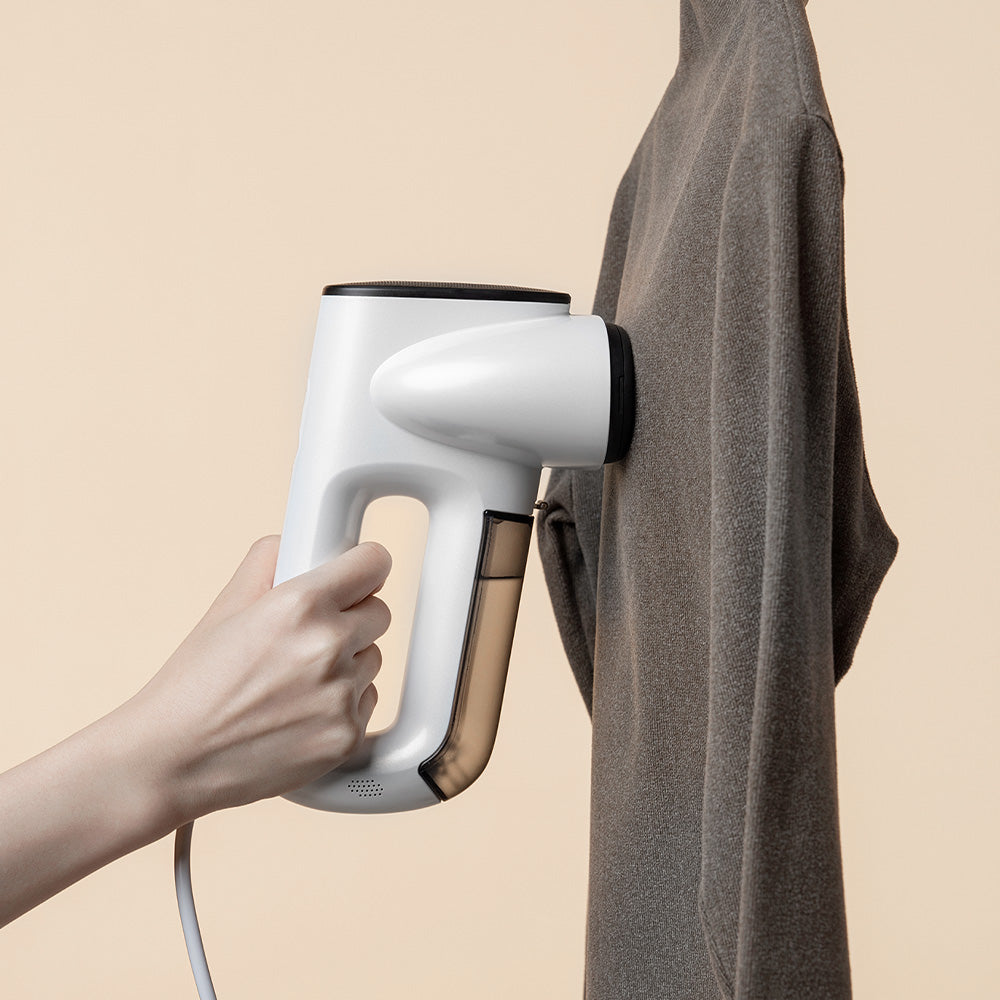
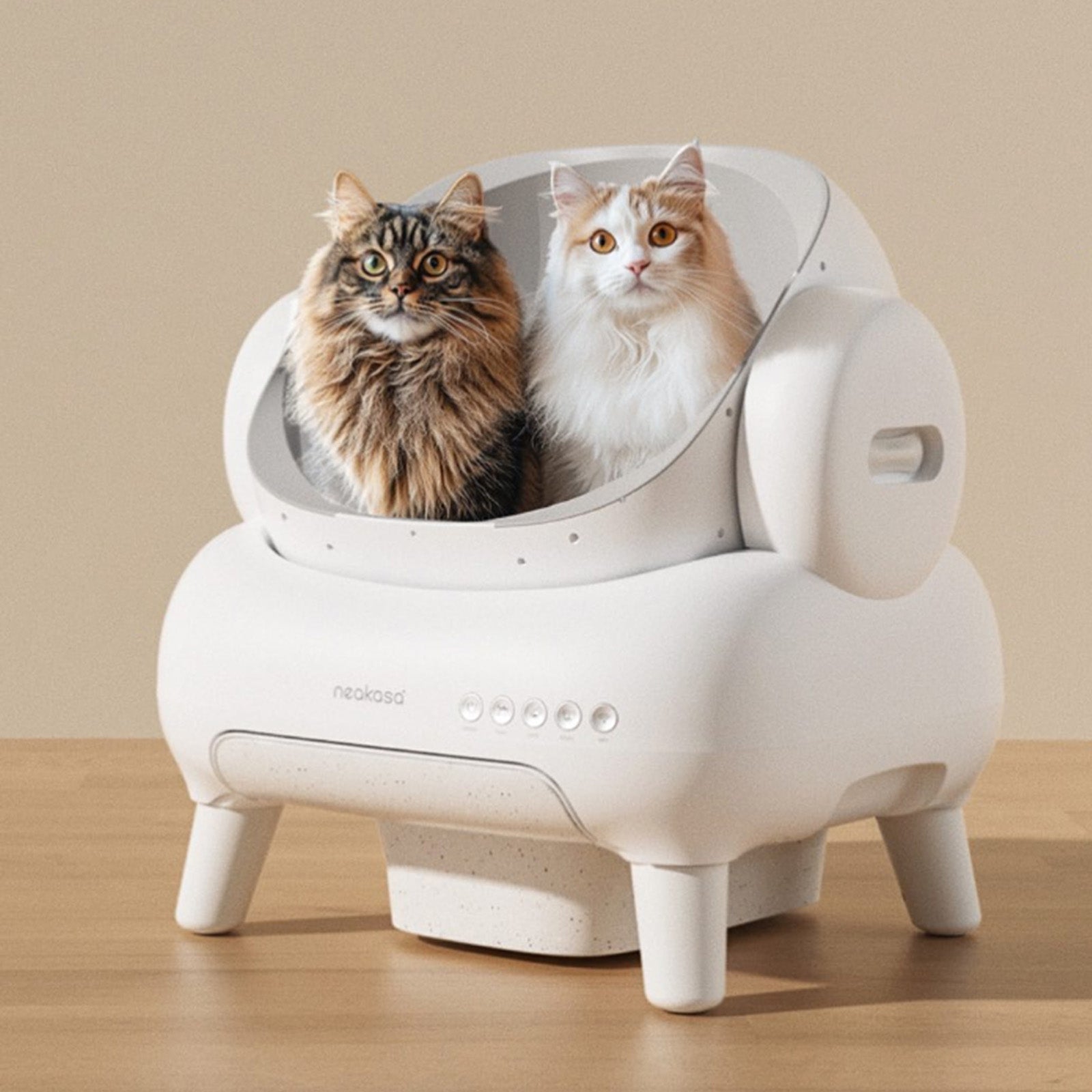
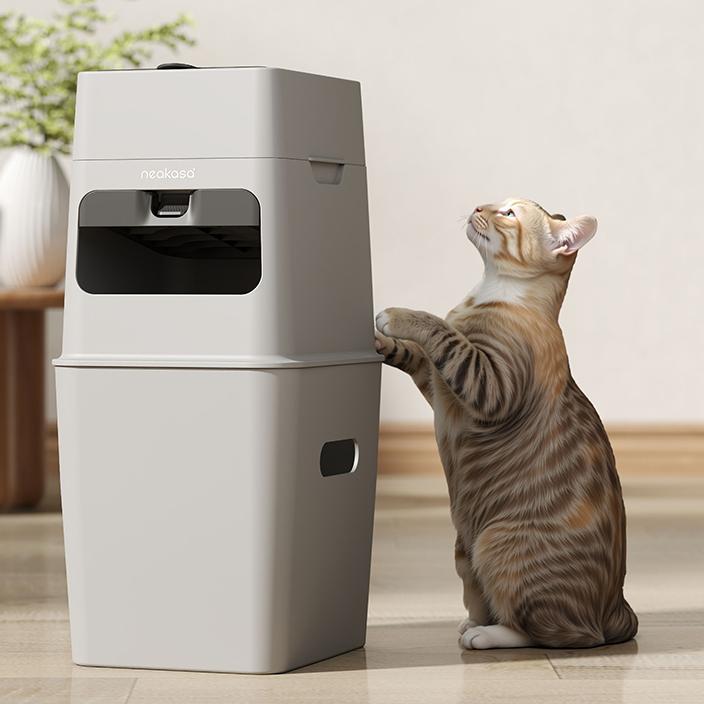
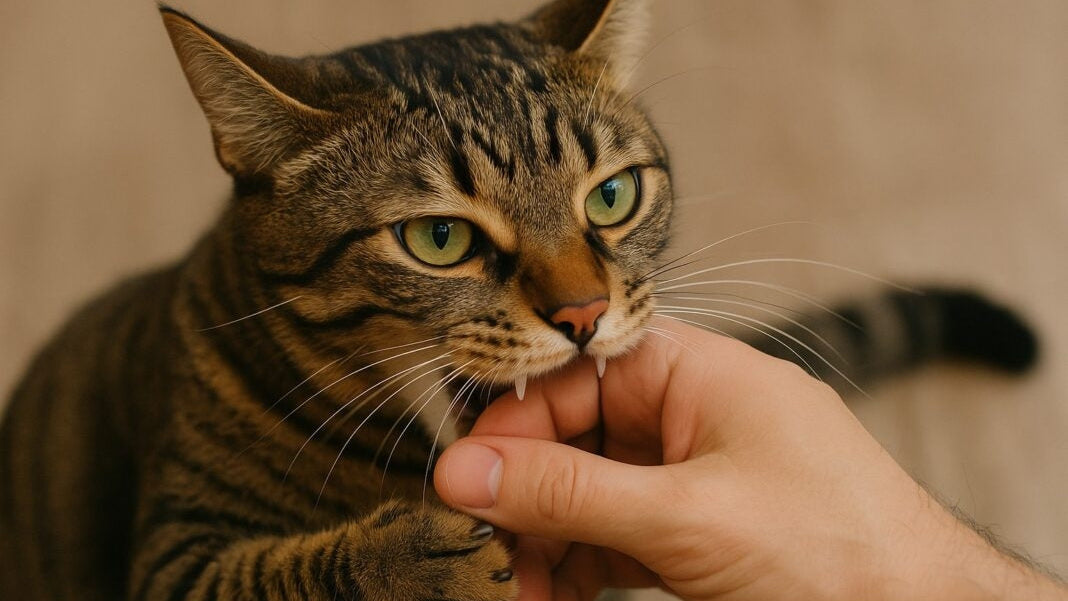


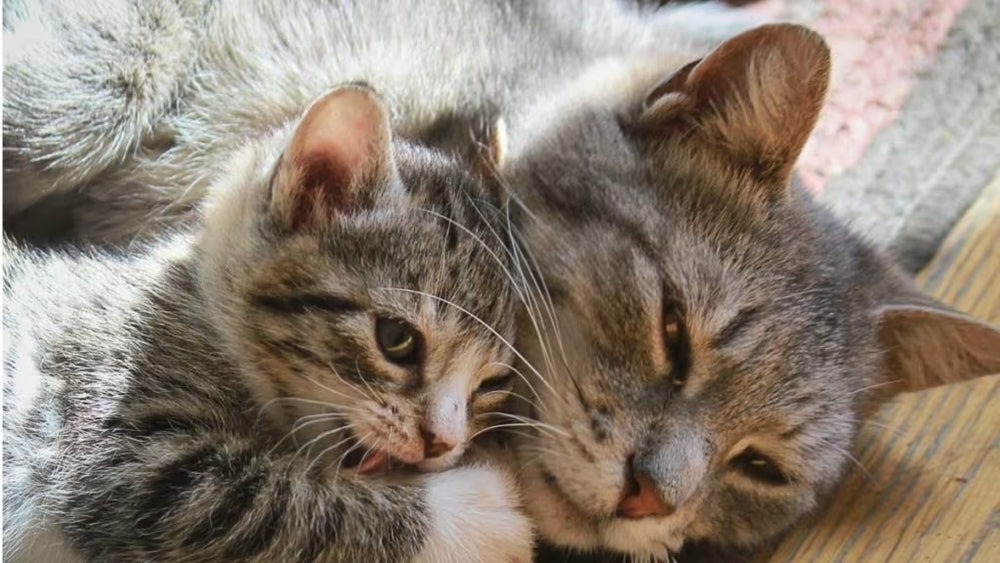
Leave a comment
This site is protected by hCaptcha and the hCaptcha Privacy Policy and Terms of Service apply.